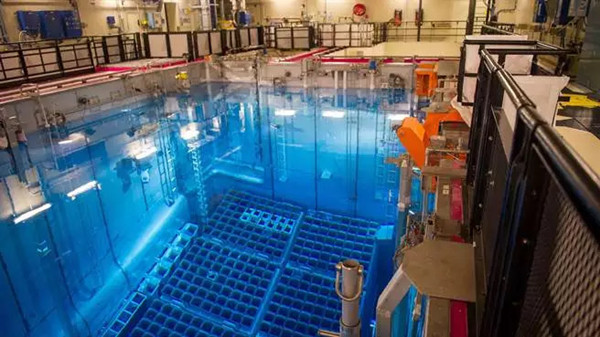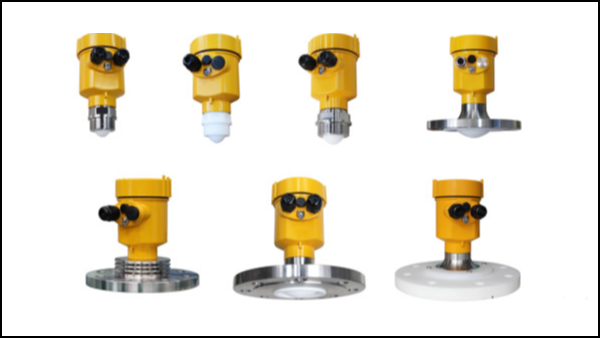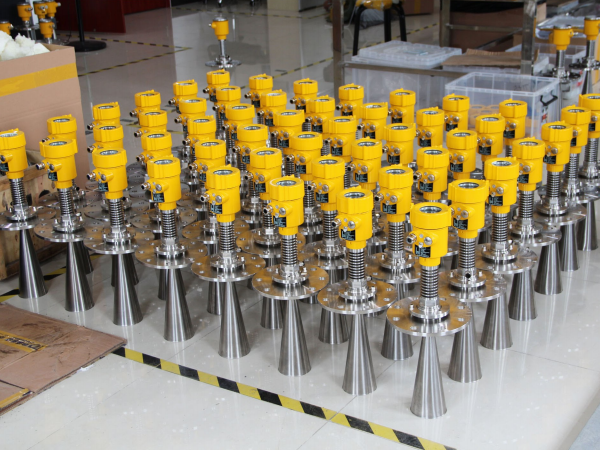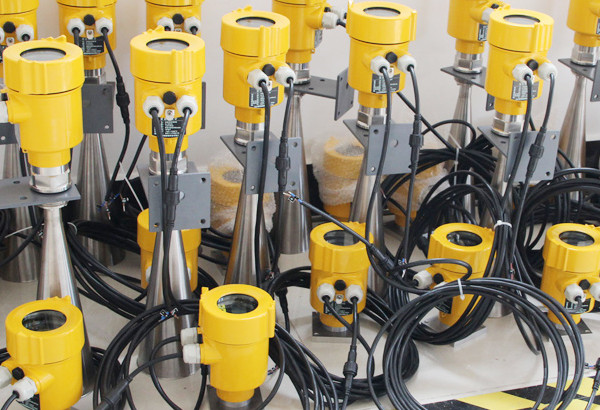Spent fuel pools are one of the important facilities in nuclear power plants, mainly used for storing used nuclear fuel. As more radioactive materials remain in the spent fuel, it is difficult to measure its level, and the radar level meter is the main instrument that plays a role in this environment. This paper will introduce the application of radar level meters in spent fuel pools.

The spent fuel pool itself carries a high level of radioactive material and can easily be intimidating. Its characteristics include the following: Complex environment Due to the influence of the nuclear reaction process, the environment inside the spent fuel pool is very complex, with large fluctuations in environmental parameters (temperature, pressure, radiation, etc.). How to measure the level of the spent fuel pool in such an environment becomes a great challenge. Unstable liquid level The presence of gaseous substances such as helium inside the spent fuel pool tends to make the liquid level unstable, leading to an increase in the measurement error of the liquid level. High viscosity and poor mobility Because the liquid in spent fuel pools is viscous and has poor mobility, there is an uneven distribution within the liquid level, which can lead to inaccurate measurement results. By understanding the characteristics of spent fuel pools, measurement methods, and equipment need to be used according to their special properties.

Due to the characteristics of the spent fuel pool, the radar level meter becomes a highly recommended measurement device. When using it, the following measures are mainly taken: Contrast measurement method In the process of using radar level meter, we can use the contrast measurement method.
By comparing the time difference, reflection strength and waveform of the probe signal, the relationship between the signal and the liquid level is determined.
This method can not only improve the measurement accuracy, but also eliminate the interference of water vapor, steam and other interfering factors. Using low-frequency probes, we can use low-frequency probes in order to avoid the interference of gases inside the spent fuel pool and to improve the signal reflection strength. The low-frequency probe not only improves the strength of signal reflection, but also reduces the interference factors.

In recent years, many nuclear power plants have been using radar level meters to monitor the level of spent fuel pools. The level meter enables accurate liquid detection and real-time feedback of monitoring data to detect level anomalies as soon as possible. An enterprise nuclear power plant has several spent fuel pools and needs to monitor these pools in real time to ensure system safety.
By using radar level meters, the staff can accurately obtain the amount of fuel remaining in the spent fuel pools and keep track of the status of the system. This monitoring method can greatly reduce the staff’s manual burden and improve production efficiency, while also effectively ensuring the safe operation of the system.

The above case study shows the reliability and importance of radar level meters in the level measurement of spent fuel pools. Although the environment of the spent fuel pool is very special, the radar level meter can achieve accurate level detection by using a contrast measurement method and a low-frequency probe. Given the high risk of radioactivity in spent fuel pools, it is important to solve these level measurement challenges.
